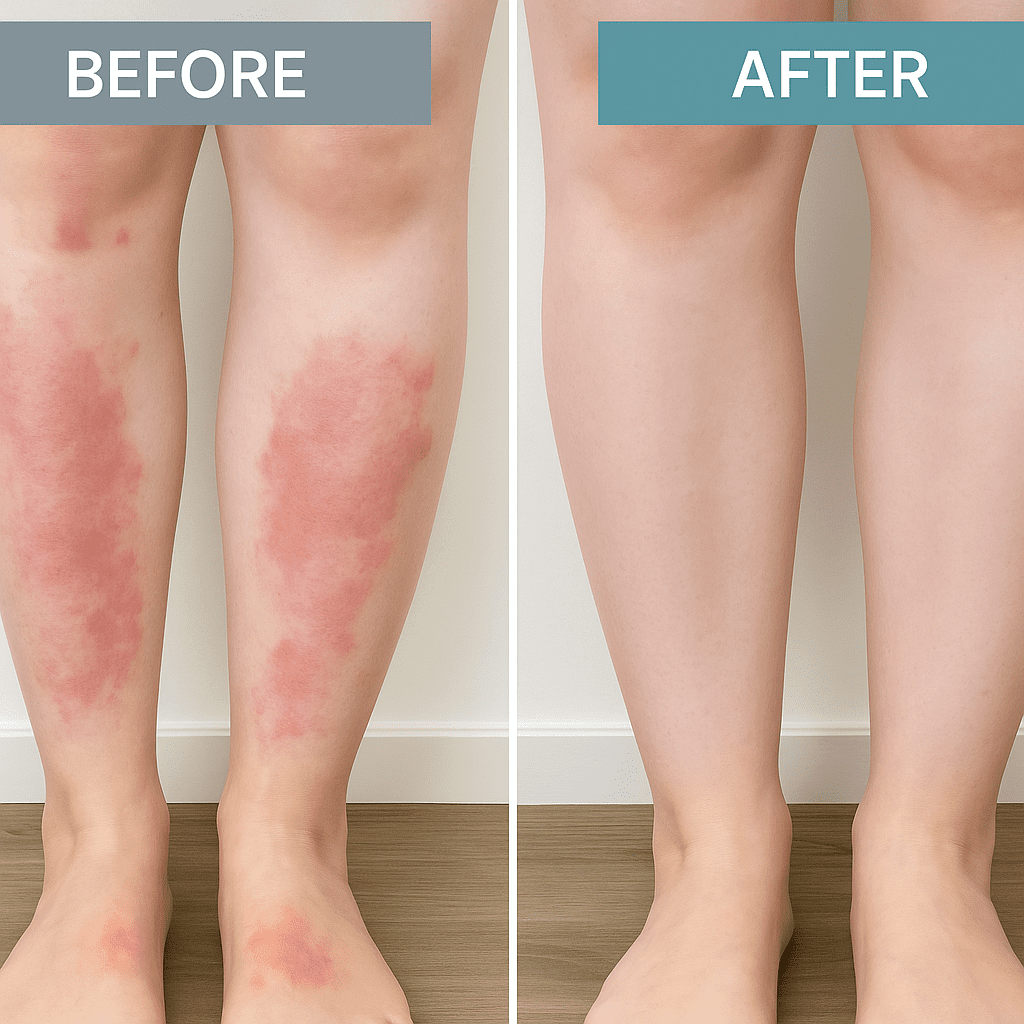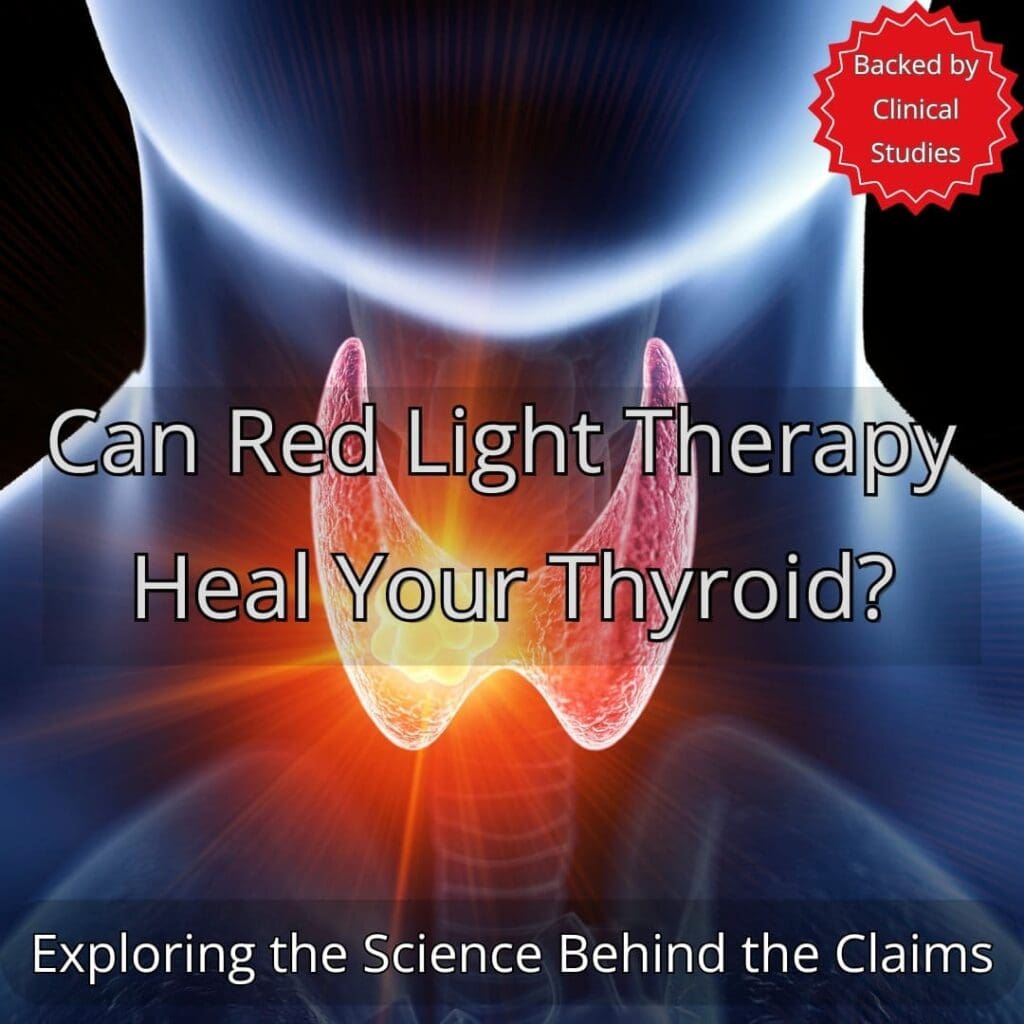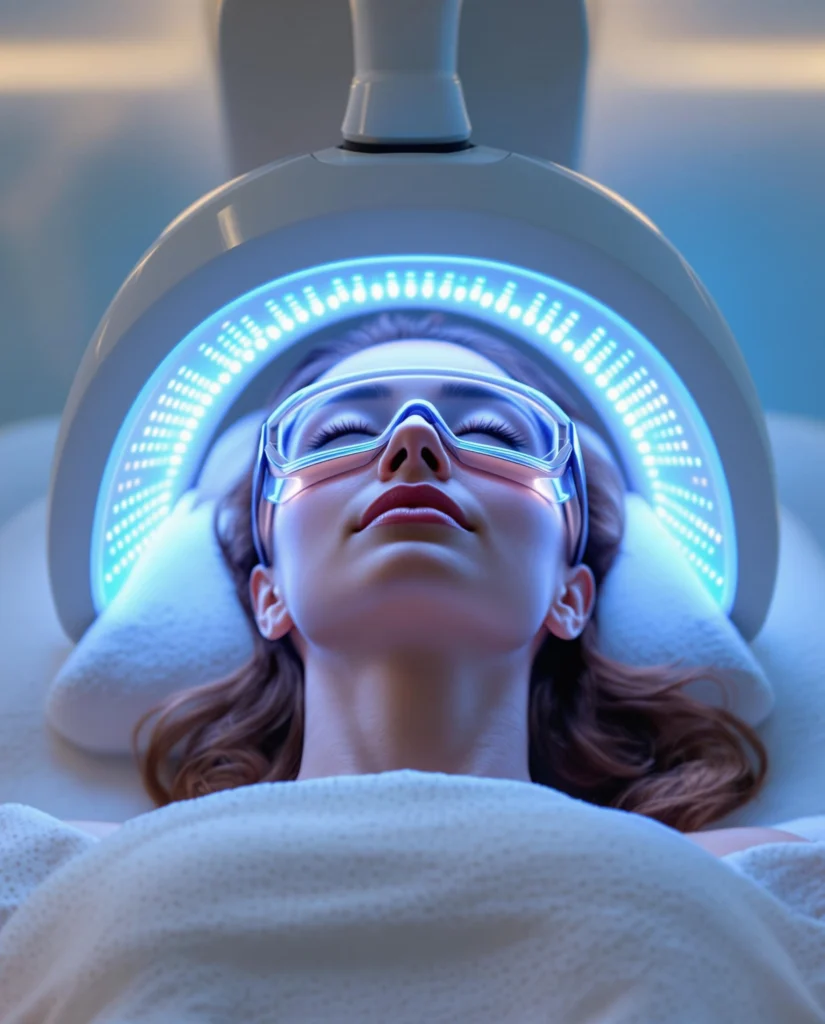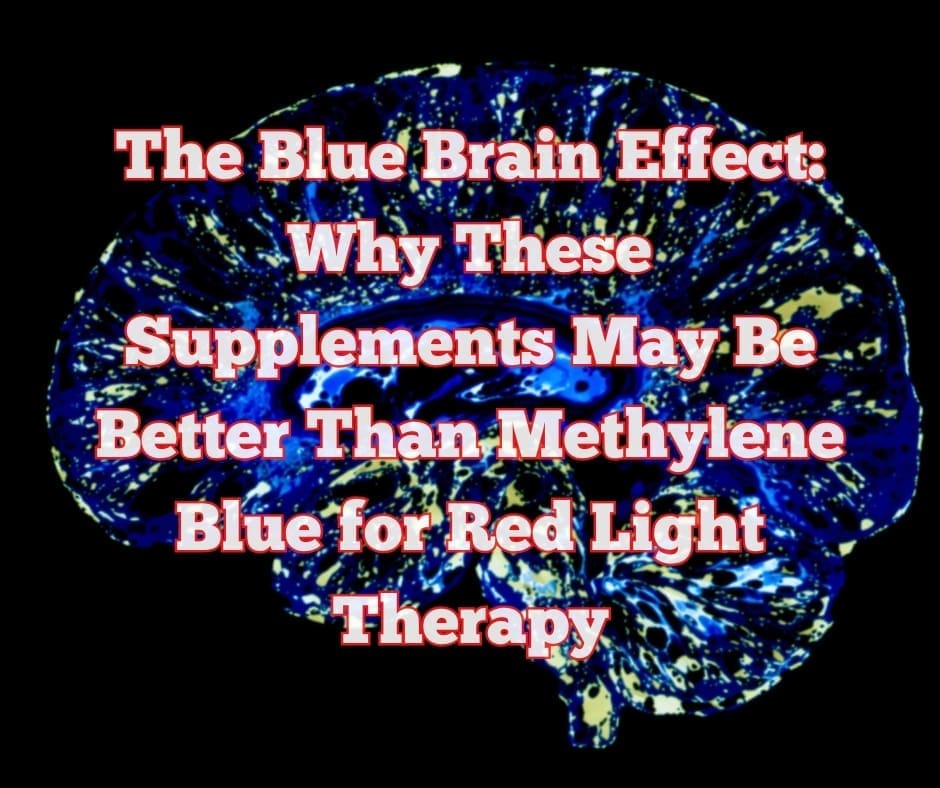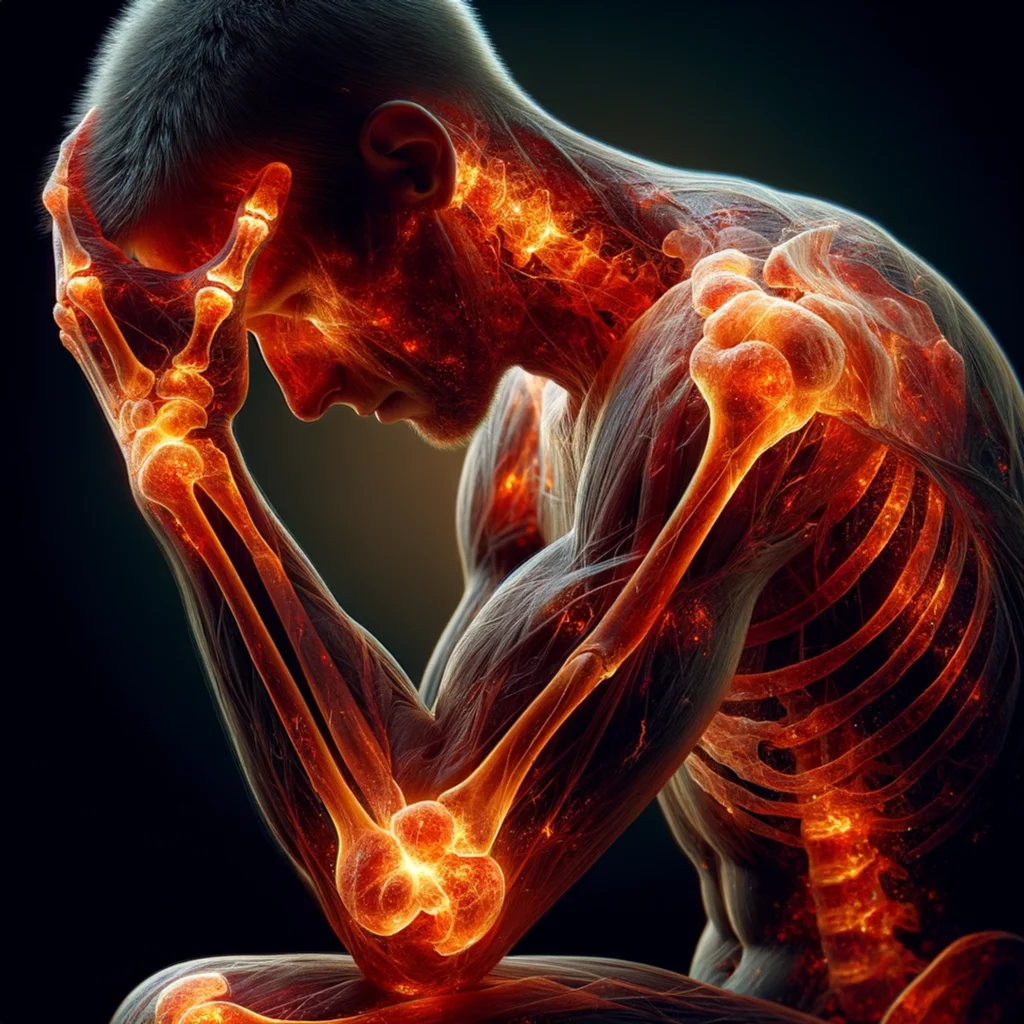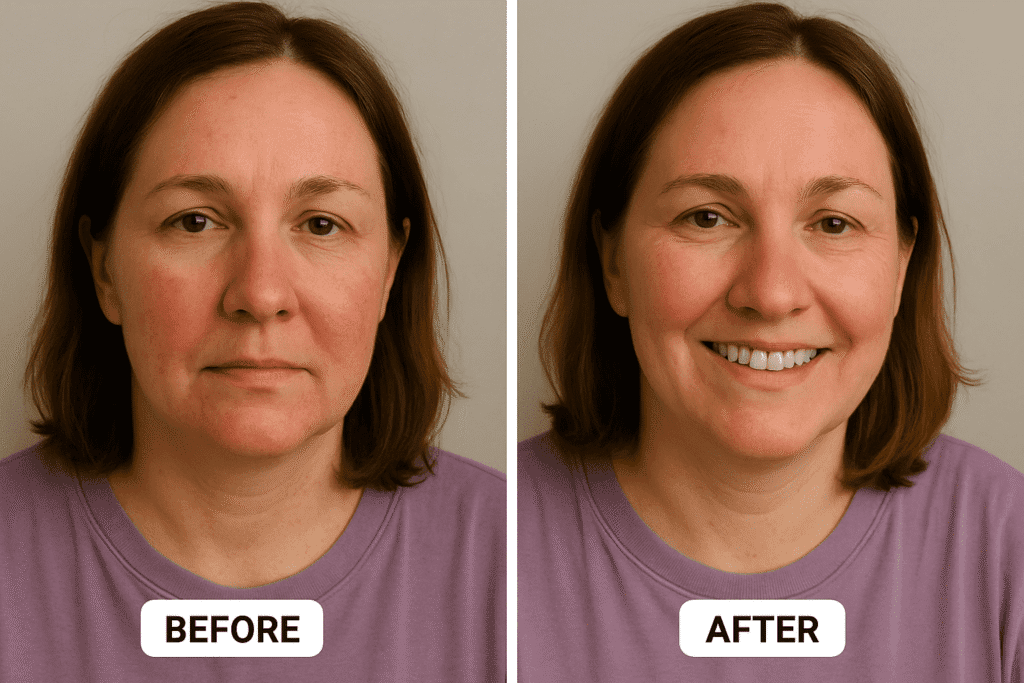For an easy breakdown of this article, consider listening to our Ai generated deep dive podcast on green light therapy.
Green light therapy is an emerging form of light therapy that uses green (around 500–550 nm) wavelengths to influence the brain and body. It is delivered through special lamps, LED panels, or even green-tinted glasses. Researchers believe green light can affect neurological and inflammatory pathways, potentially easing conditions like migraines, anxiety, and chronic pain. Unlike drugs, it is non-invasive and generally well-tolerated. This article explains what green light therapy is, how it works, its possible benefits (especially for migraines, mood, and pain), how to use it safely, and how it differs from red light therapy.

What Is Green Light Therapy?
Green light therapy involves exposing a person to a narrow band of green light (often ~520 nanometers wavelength). It can be delivered via a lamp with green LEDs, a green light bulb, or glasses that filter out other colors. The idea is that this specific color of light, when absorbed by the eyes or skin, triggers biological responses in the body.

Key points:
- Green light therapy uses specific green wavelengths, not just ambient light or screen brightness.
- It is typically done with eyes open, not direct sunlight or bright white light.
- Sessions often last from minutes up to a few hours, depending on the protocol.
No special medical equipment beyond a green light source is needed, but devices vary. Some products (for example, the “Allay” lamp studied by Harvard researchers) emit a very pure green spectrum. In research studies, people often sit in a room illuminated by green LEDs or use portable green light glasses.
How Green Light Affects the Body and Brain
The exact mechanisms are still being studied, but scientists have identified a few likely effects of green light on the nervous system:
- Neural pathways: Green light enters the eyes and influences retinal cells and brain pathways differently than other colors. Notably, it seems to activate pain-regulating centers in the brainstem (like the rostral ventromedial medulla) and boost the brain’s natural painkillers (endorphins). Animal studies found that green light exposure increased brain chemicals that fight pain and reduced inflammatory signals.

- Photophobia reduction: In people with migraines, green light often causes less visual discomfort (photophobia) than blue or red light. Research shows that migraine brains are less reactive to green wavelengths, so green light tends not to trigger as much pain or headache spread. In other words, green is easier on sensitive eyes.
- Mood and relaxation: Green is often considered a calming color. Early studies suggest green light can mildly influence mood and stress pathways. For example, some headache patients reported feeling less anxious and sleeping better after green light exposure. However, the evidence is preliminary.
In practical terms, green light does not penetrate deeply into tissues (unlike red or infrared light). Its effects are thought to come from the visual/neurological system rather than heating or directly acting on cells. In that sense, it’s not primarily a “photobiomodulation” treatment like red light (which boosts cellular energy). Instead, green light acts more through brain signaling and neuromodulation. More research is needed to fully understand these pathways, but current findings justify cautious optimism.
Green Light Therapy for Migraines
One of the most studied uses of green light therapy is for migraine headaches. Migraines often involve intense sensitivity to light (photophobia) and overwhelming pain. Several clinical studies and reports have found encouraging results:
- Less aggravation: A landmark clinical study compared the effects of different light colors on migraine sufferers. It found that green light caused significantly less pain increase in migraine patients than blue, red, or white light. In fact, in over 20% of patients, green light actually reduced headache intensity slightly, whereas other lights made pain worse. Overall, patients reported green was the most tolerable color during an attack.
Looking to try green light therapy at home? These are some of the best-rated masks and lamps available right now.

- Pain and photophobia relief: In an open-label study using a narrow-band green light lamp, about half of migraine attacks treated with green light improved in pain and light sensitivity. Specifically, green light during an attack improved headache pain in ~55% of all episodes and improved photophobia in ~53% Some patients also reported lower anxiety and better sleep on days they used the green light. However, this was a self-reported study without a placebo control, so results should be interpreted carefully.
- Not a cure, but a helpful tool: Experts stress that green light is not a standalone cure for migraines. Instead, it may serve as an adjunct: an additional, non-drug way to ease attacks. For instance, doctors suggest green light therapy might allow patients to reduce their medication dose, rather than replacing medicine altogether.
Key takeaways for migraines: Many migraine patients find green light easier to tolerate than other lights. When used as a therapy (often 1–2 hours of green light per day or during attacks), it may decrease headache intensity and photophobia in some individuals. However, the effect varies by person, and clinical guidelines for intensity and timing are not yet established.
Green Light Therapy for Mood and Anxiety
Light therapy is well-known for treating Seasonal Affective Disorder (SAD) and depression (usually using bright white or blue light). Green light’s role in mood and anxiety is still speculative:
- Stress and anxiety: Anecdotally and in small studies, green light exposure has been linked to reduced anxiety. For example, a University of Arizona report notes that migraine and fibromyalgia patients using green light therapy reported not only less pain but also reduced anxiety and depression. Similarly, in the migraine study above, about 34% of patients reported feeling less anxiety after using green light during attacks. This suggests green light may have a calming effect on the nervous system.

- Depression and sleep: Clinical trials of green light for depression have been mixed. One controlled study in older adults found that an hour of bright green light daily did not significantly outperform dim red light for improving depression. Another older trial in seasonal depression found that white light worked better than green for core depressive symptoms. In short, bright white light remains the gold standard for mood disorders. Green light is far less studied and so far has not proven a strong antidepressant effect.
- What might work: It’s possible green light could help mood and sleep indirectly by alleviating other issues (like pain and migraine). If you feel less pain, your anxiety might improve. The Arizona and migraine studies noted better sleep as headaches eased under green light.
Key takeaways for mood: Green light may have a soothing, stress-relieving quality for some people, but the scientific evidence is still emerging. It’s not a replacement for established treatments for depression or anxiety. In practice, it can be tried as a gentle relaxation or sleep-improvement tool. More research is needed to know if direct mood benefits are real or just secondary to pain relief.
Green Light Therapy for Pain
Beyond migraines, green light is also being explored as a treatment for chronic pain conditions:
- Fibromyalgia: A published clinical trial found that fibromyalgia patients who spent 1–2 hours per day exposed to green LED light for 10 weeks experienced a significant drop in pain scores, whereas white light had no such effect. These patients also reported better quality of life and functioning, with no reported side effects from the green light. While preliminary, this suggests green light can reduce widespread pain in fibromyalgia.
- Arthritis and other pain: In animal studies, green light reduced pain behaviors. For example, rats with induced knee arthritis that were placed under dim green light (525 nm, 8 hours/day) had significantly less joint pain than rats under white light. The researchers propose this is due to green light triggering the brain’s opioid system and lowering inflammation. While animal data do not guarantee human results, they support the idea that green light could be anti-inflammatory.
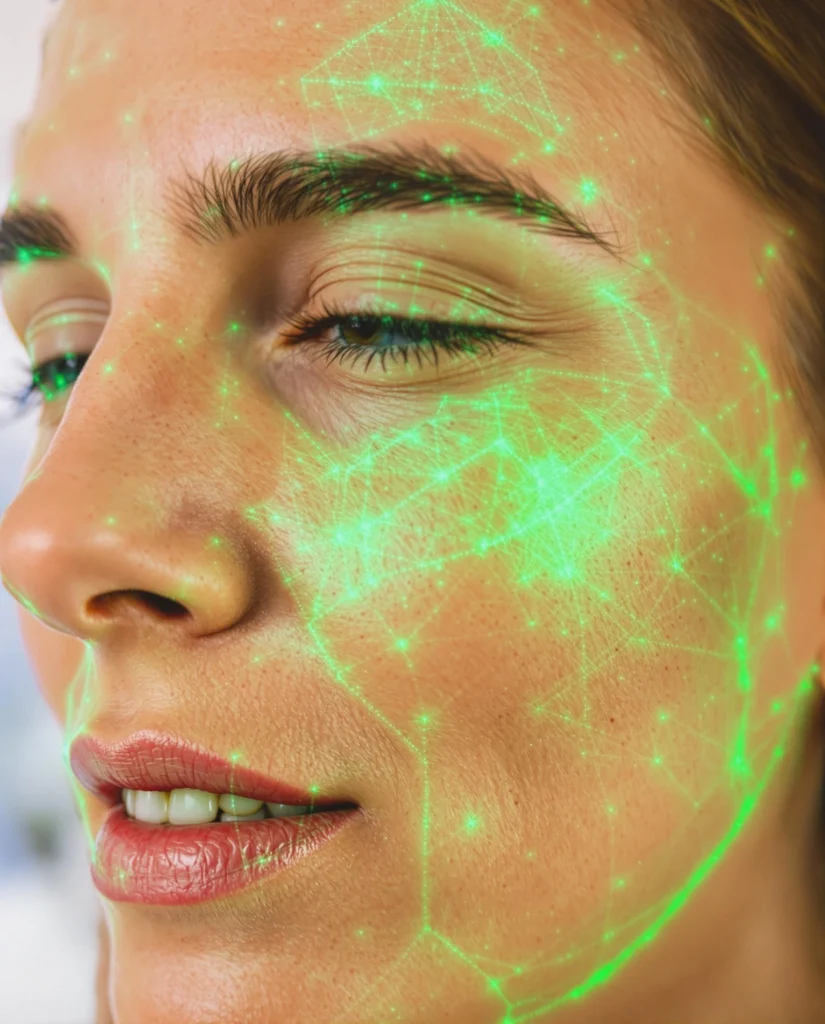
- Post-surgical pain: Ongoing research (including an Army-funded study) is investigating whether green light can help with acute pain after surgery. Early reports indicate potential: the same Arizona team noted that green light improved pain, anxiety, and sleep in study volunteers with chronic pain conditions.
Key takeaways for pain: Green light therapy appears to activate natural pain-relief mechanisms in the brain. In limited human trials and animal models, it has reduced pain severity and improved function without side effects. This is a promising area, but we need larger, controlled studies before drawing firm conclusions.
Safety and How to Use Green Light Therapy
Green light therapy is generally safe and well-tolerated, but some practical guidelines should be noted:
- Non-invasive and minimal side effects: Studies report no serious adverse effects from green light exposure. Patients using green light devices did not need to stop due to discomfort. Unlike UV or intense lasers, green light in the gentle, moderate-intensity used for therapy does not damage skin or eyes under normal use.
- Use care with intensity: It’s still bright light—don’t stare at it unshielded or for excessively long periods. If you feel eye strain or headache from the light, turn it off. Recommended devices (lamps or bulbs) are designed to diffuse light; avoid DIY setups that focus a glare on your eyes.
- Epilepsy and light sensitivity: As with any flickering or colored light, there’s a theoretical risk of triggering seizures in people with photosensitive epilepsy. However, static green light (non-flickering) has not been reported to cause seizures. If you have any condition that makes you unusually sensitive to light, consult a doctor first.
- Timing: Use in a consistent daily routine, similar to other light therapies. For migraines or pain, some people try green light exposure during the day or during an attack for a set time (e.g. 1–2 hours). For mood or sleep, some do a session in the evening, since green light is less likely than blue light to disrupt melatonin (though this has not been firmly established). Avoid bright colored light too close to bedtime if it keeps you alert.
- How to get started: Place a green LED lamp in your field of vision—say 3–6 feet away—and spend time looking at the light (you can do other tasks, but don’t stare intensely). Devices like green light panels, bulbs, or glasses are available, but make sure they produce a true green spectrum (around 500–530 nm). Start with shorter sessions (15–30 minutes) and gradually increase to 1–2 hours if needed. Track your symptoms (pain diary, headache log, mood scores) to see if there’s any change over weeks.
In summary, use green light therapy as a gentle adjunct. It should not replace any doctor-recommended treatment. Always talk to a healthcare provider if you have serious health conditions or questions about integrating light therapy into your regimen.
Green Light vs. Red Light Therapy
Green light therapy is one of many colored light therapies. Here’s how it compares to red light therapy, a more familiar form of phototherapy:
- Wavelength and depth: Green light (~500–550 nm) is a medium-wavelength visible light. Red light (600–700 nm, sometimes with near-infrared) penetrates deeper into tissues. Red and NIR light can reach skin and muscle layers and even have effects on deep cells, whereas green light is mostly absorbed in the eyes and surface.
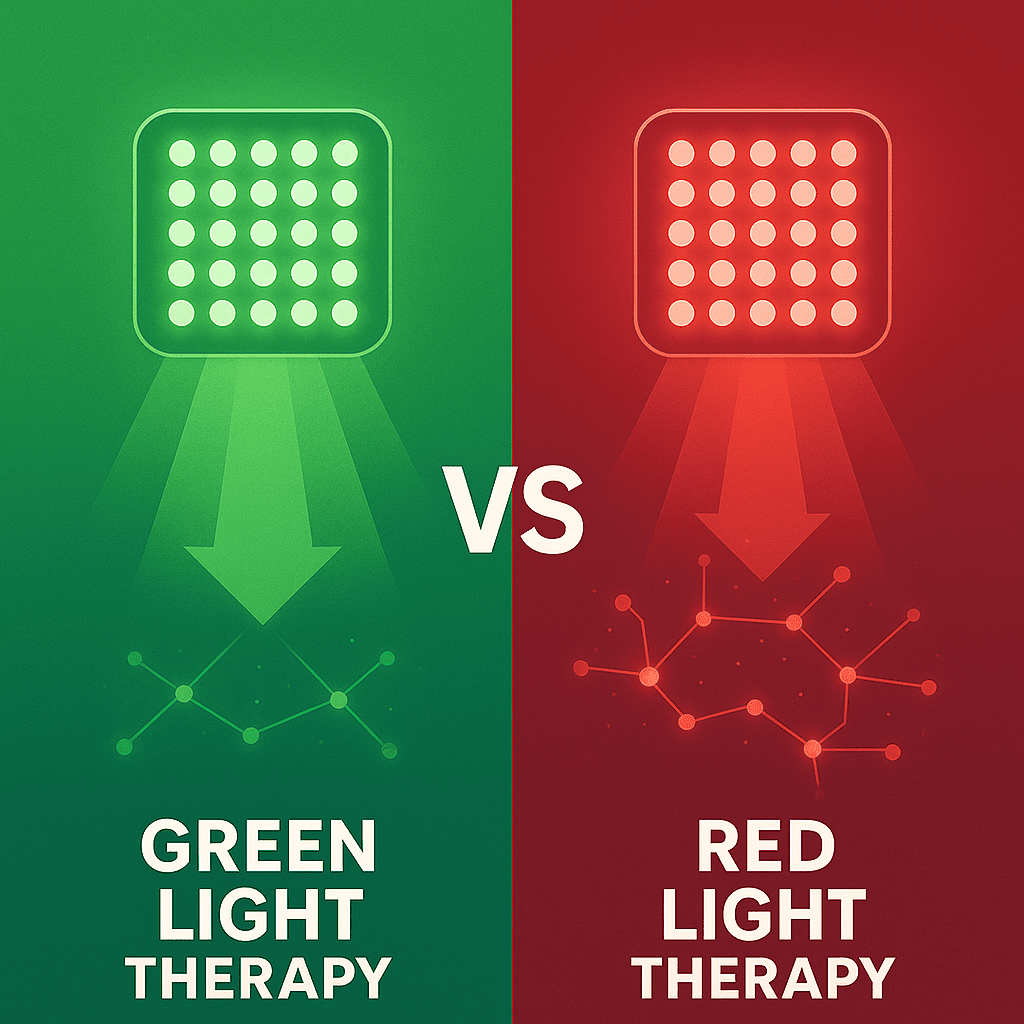
- Primary uses: Red light therapy (often called photobiomodulation) is used for tissue healing—it stimulates collagen, reduces skin inflammation, improves muscle recovery, and can ease joint pain by acting on cells directly. By contrast, green light is used for neurological effects like migraine relief, mood modulation, and central pain. In other words, red light works on cells and tissues, green light works on neural pathways.
- Mechanisms: Red light increases mitochondrial activity (boosting cellular energy and repair). Green light’s effects appear to be mainly neurological and hormonal (modulating brain circuits, hormones, and inflammatory mediators) rather than energizing cells.
- Safety: Both colors are generally safe. Red light can sometimes cause eye strain or skin redness if too close; green light should not damage eyes if used properly. There is no evidence that one color is inherently riskier, but they do different things.
- Which to choose: If your goal is skin rejuvenation, muscle recovery, or wound healing, red (or infrared) therapy is the better match. If you’re targeting migraines, headaches, stress, or certain chronic pain conditions, green light is the one being studied. Some clinics and devices combine different colors for a broad approach, but more research is needed on combined effects.
In short, red and green light therapy are complementary, not interchangeable. Each has its niche. Neither is a panacea, but together they expand the range of non-drug light therapies.
🛍️ Shop Green Light & Multi-Colour Therapy Masks on Amazon
Looking to try green light therapy at home? These are some of the best-rated masks and lamps available right now.
🇺🇸 Buy on Amazon US
🇬🇧 Buy on Amazon UK
As an Amazon Associate, I may earn a small commission if you make a purchase — at no extra cost to you. It helps support the site, thank you!
💡 Pro Tip: Avoid ultra-cheap masks under $100. They’re often low-quality and underpowered. If you’re serious about results, a high quality multi colour mask or a dedicated green light lamp may be a better investment. You will find both from the link above.
Summary
Green light therapy is a promising, non-invasive approach that may help with headaches, chronic pain, and stress-related symptoms. It works through the nervous system rather than by heat or skin absorption. Clinical studies and animal research suggest green light can reduce migraine pain and photophobia, ease some types of chronic pain, and even improve mood or sleep in certain patients. Importantly, it appears to be safe and well-tolerated in trials.
However, green light therapy is still experimental. Its benefits have been shown in small or early studies, and optimal treatment protocols (intensity, duration, timing) are not yet defined. It should not replace standard medical care. Anyone interested should use it judiciously, keeping expectations moderate: it may lessen symptoms and improve quality of life for some, but it is not a guaranteed cure. As more research is done, we expect to learn clearer guidelines on who will benefit most from green light and how best to apply it.
Summary Links & Further Reading
- Green Light vs Red Light Therapy
- Green Light Therapy for Migraines
- Green Light For Pain
- Green Light For Mood and Aniety
- Is Green Light Safe?
- Green Light Therapy Podcast
- Green Light Therapy FAQ
Sources
- Laurent Martin et al. “Green Light Exposure Improves Pain and Quality of Life in Fibromyalgia Patients: A Preliminary One-Way Crossover Clinical Trial.” Pain Medicine, 2021. (Study showing pain reduction with green vs. white lightpubmed.ncbi.nlm.nih.gov)
- Richard T. Loving et al. “Bright green light treatment of depression for older adults [ISRCTN69400161].” BMC Psychiatry, 2005. (Trial finding no clear antidepressant effect of green lightbmcpsychiatry.biomedcentral.com)
- K. T. Stewart et al. “Effects of green or white light for treatment of seasonal depression.” Psychiatry Research, 1991. (Study finding white light more effective than green for winter depressionpubmed.ncbi.nlm.nih.gov)
- “Shining a light on migraine relief.” Harvard Health Publishing Blog, 2016. (Discussion of research showing green light eased migraine pain in some patientshealth.harvard.edu)
- Heidi Moawad, MD. “Green Light Therapy and Migraines: Will Research Translate to Real-World Use?” NeurologyLive, 2019. (Review article on green light therapy for migraine, noting its tolerability and need for more studiesneurologylive.com)
- Stacy Pigott. “US Army Medical Research grant funds study of green light therapy for postsurgical pain.” University of Arizona Health Sciences, 2023. (News release noting green light’s effects on pain, anxiety, and inflammationhealthsciences.arizona.edu)
- Timothy Houle et al. “Narrow band green light effects on headache, photophobia, sleep, and anxiety among migraine patients: an open-label study.” Frontiers in Neurology, 2023. (Real-world survey finding headache and photophobia improvement with green lightfrontiersin.org)
- Matthew S. O’Brien et al. “Visual exposure to green light therapy reduces knee joint pain and alters the lipidome in osteoarthritic rats.” Pain (Journal of IASP), 2024. (Animal study showing green light reduced joint pain and involved opioid mechanismsiasp-pain.orgiasp-pain.org)
Citations
Shining a light on migraine relief – Harvard Health
Green Light Therapy and Migraines: Will Research Translate to Real-World Use?
Bright green light treatment of depression for older adults
Effects of green or white light for treatment of seasonal depression – PubMed
Under the spotlight: mechanisms of photobiomodulation …
Best red light therapy devices UK



